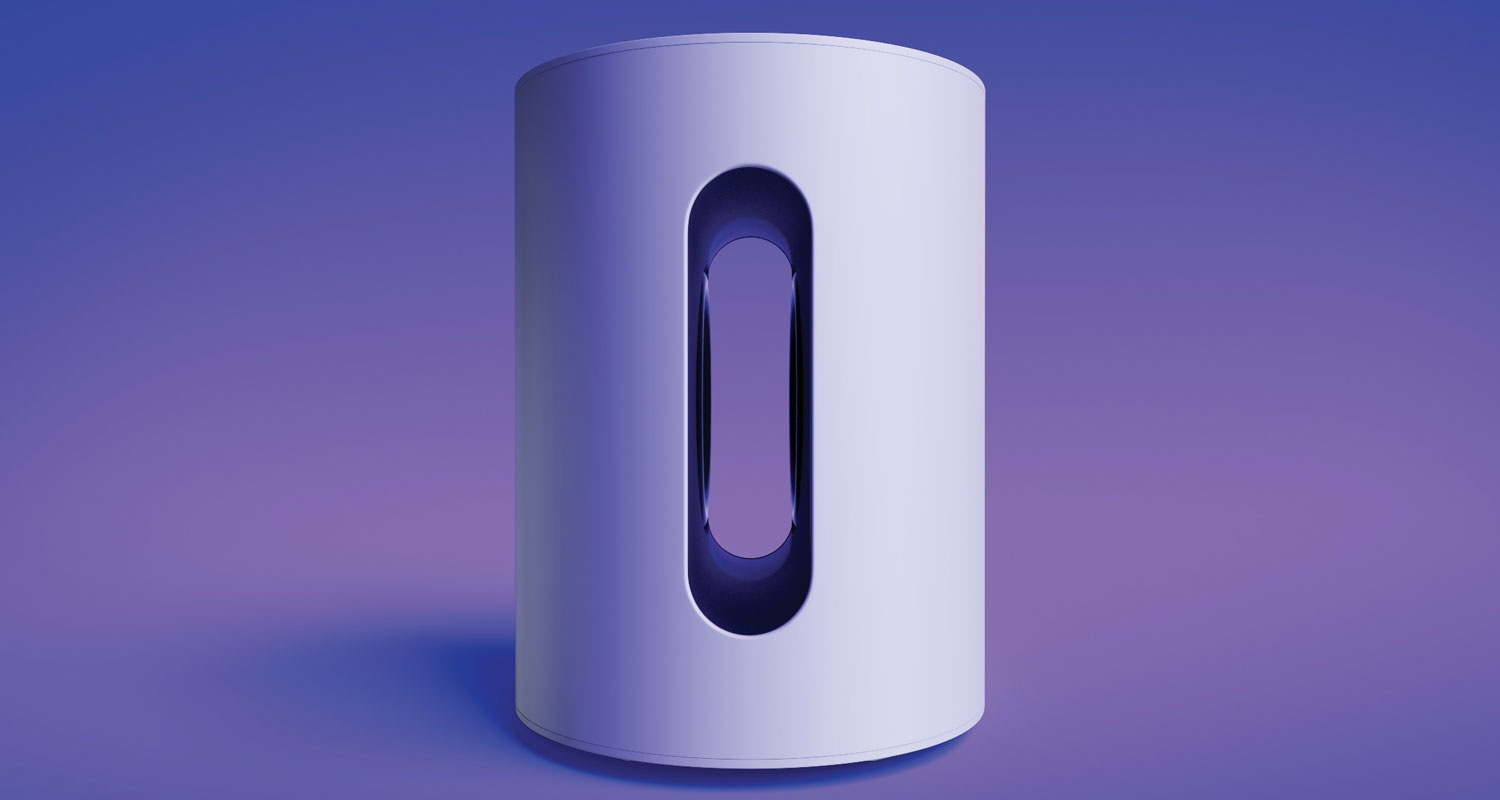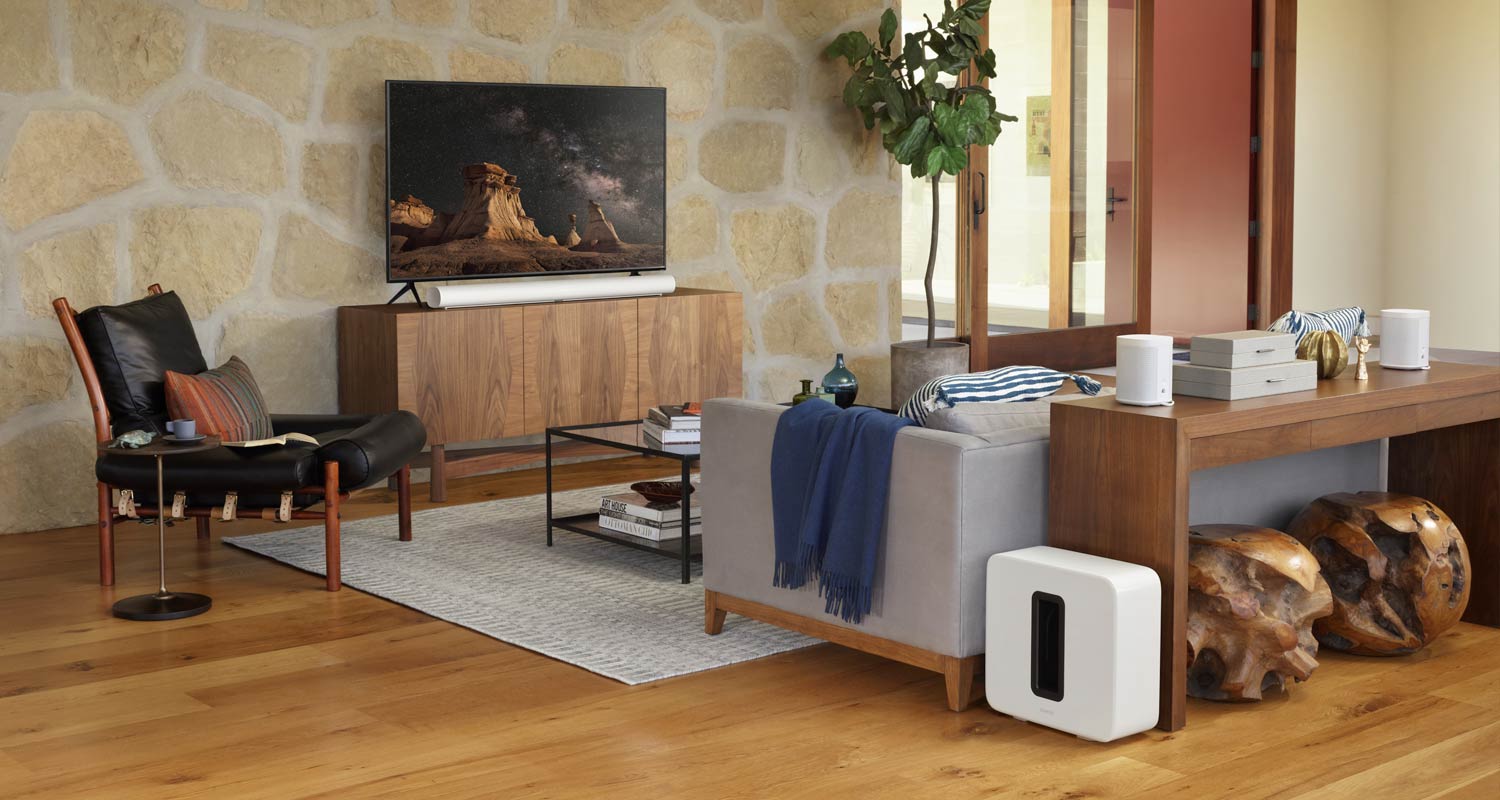
Sonos, best known for its smart speakers and sound bars, will make a long-awaited push into headphones with a model priced upwards of US$400 that’s slated to be released as early as April, according to people familiar with the matter.
The company is also aiming to introduce a TV set-top box, which would compete with products from Apple and Roku, as early as the end of 2024, said the people, who asked not to be identified because the plans aren’t yet public. Sonos looks to charge between $150 and $200 for that device, which would run apps from popular streaming services.
The company is also developing new amplifiers and in-ceiling speakers aimed at professional installers, as well as a higher-end TV sound bar, new subwoofers, an update to the portable Roam speaker and a version of its Era 100 speaker for businesses. And it’s planning an updated voice control system, video service and upgraded smartphone app.
The new products are part of a bid by CEO Patrick Spence to reignite growth at the audio technology company, which suffered a sales decline in the past year. Demand for smart speakers has cooled, and products like headphones are seen as an opportunity to leverage the Sonos brand to find a new moneymaker.
Timing and details of the releases could ultimately shift as the products get closer. A representative for Santa Barbara, California-based Sonos declined to comment on the company’s plans.
Sonos recently reorganised its product development group to better focus on promising areas. The company cut jobs as part of the shake-up.
‘Challenging year’
On an earnings call earlier this month, Spence acknowledged that 2023 has been a “challenging year” for Sonos’s current line-up. But he vowed to push next year into a “major new product in a new multibillion-dollar category”, without specifying the market. He said he expects new products to drive a “large portion” of revenue by the second half of the year.
Spence hinted at the slew of new devices in development, telling investors that 2024 “marks the beginning of a multiyear product cycle” that will provide a payoff for years of research-and-development spending.
The company has been working on its headphones since 2019. But it’s never announced a product, having cancelled work on earlier iterations. A model is now slated to be unveiled as soon as March, with the headphones hitting store shelves the following month, the people familiar with the plan said.
Read: Sonos to cut jobs amid plan to pivot into headphones
The over-ear-style headphones — code-named “Duke” — will face off against the $549 AirPods Max from Apple, as well as high-end offerings from Sony and Bose. They’ll come in black and white colour options, synchronise with Sonos equipment and offer voice control for navigating between songs. The company is considering charging between $400 and $500 for the product.
Sonos is also exploring a follow-up product, the people said: an earbud model that would look similar to Apple’s AirPods.

Some of the technology in the new headphones comes from RHA Audio, an Irish company that Sonos acquired two years ago. But the company isn’t trying to outperform Apple on a technical basis — its marketing message will be more about leveraging the Sonos brand and its ability to fine-tune the sound, the people said.
The company is planning to release software soon internally named “Passport” that will let users control the headphones and other mobile Sonos gear from a smartphone app when away from their home internet.
The headphones will include the current version of Sonos voice commands — already available on speakers — while a more advanced version dubbed Voice 2.0 is coming in the second half of 2024.
By the end of next year or early 2025, Sonos plans to enter a second new category: TV set-top boxes and video. The company is working on a device — code-named “Pinewood” — that can stream video on TVs and serve as a central hub for a customer’s other Sonos devices. The product will operate similarly to existing set-top boxes, offering its own operating system — based on Android — and a user interface that can display different apps.
Sonos has held discussions with cable companies about offering live television and plans to partner with existing popular video-streaming services, including Netflix, to build apps for the new platform. The device will offer Dolby Atmos and Dolby Vision, popular audio and video standards, and have the ability to create immersive surround sound using Sonos home speakers.
TV box
The small, black TV box will be controlled via voice — as well as the new Sonos app — and the company is exploring the idea of launching its own video service. Other set-top box makers, including Roku and Apple, followed up on hardware offerings with streaming services.
The company is also working on new home theatre equipment, including a subwoofer code-named “Lotus” that will synchronise with the TV device. That product, an update to the Sub, will include updated capabilities like support for Wi-Fi 6. Further out, Sonos is considering releasing a higher-end subwoofer.
For around the middle of 2024, Sonos is planning a second-generation Roam speaker — code-named “Sidecar” — with a redesigned top that includes a touch-controlled slider for volume control. That matches the new design of the company’s home speakers and recently launched Move 2 portable speaker.
Sonos is also planning a pricier version of its Era 100 speaker — code-named “Raven” — with an Ethernet port instead of wireless networking. It will be aimed at restaurants and retail stores rather than homes.
 And a sound bar code-named “Lasso” is coming later in 2024, with better bass and improved audio quality over the existing Arc model. The company is planning to charge about $1 200 for it, up from the $900 price tag on the current high-end version. The sound bar’s new technology is based on Sonos’s 2022 acquisition of Mayht Holding, which developed advanced speaker components.
And a sound bar code-named “Lasso” is coming later in 2024, with better bass and improved audio quality over the existing Arc model. The company is planning to charge about $1 200 for it, up from the $900 price tag on the current high-end version. The sound bar’s new technology is based on Sonos’s 2022 acquisition of Mayht Holding, which developed advanced speaker components.
Finally, Sonos is planning a new high-end amplifier — code-named “Premier” — aimed at professional home-theatre installations. The company is considering charging between $3 000 and $4 000 for each unit. That will come in the second half of 2024, preceded by new 8-inch in-ceiling speakers. — (c) 2023 Bloomberg LP




